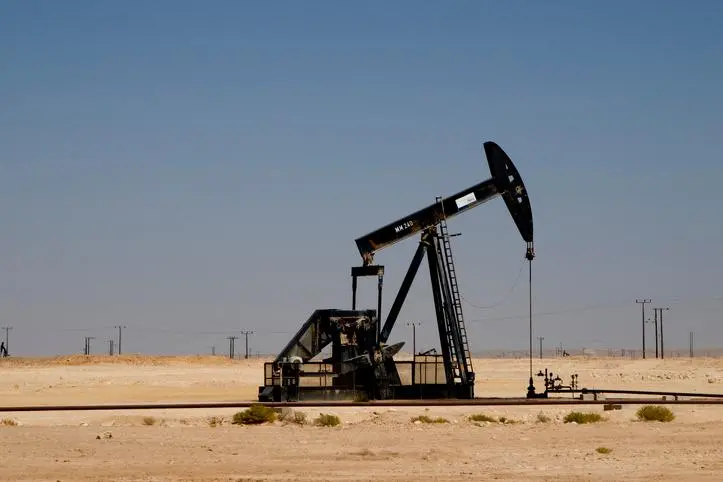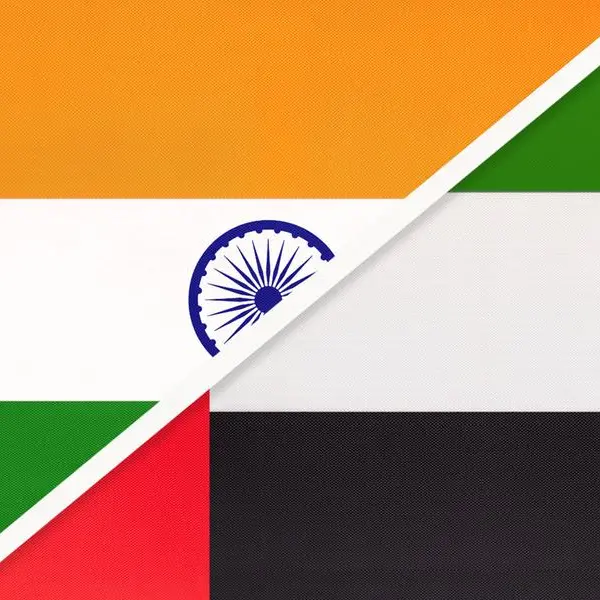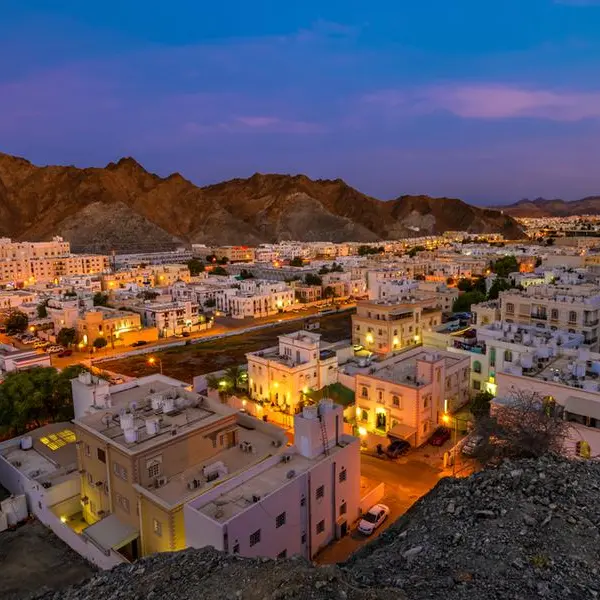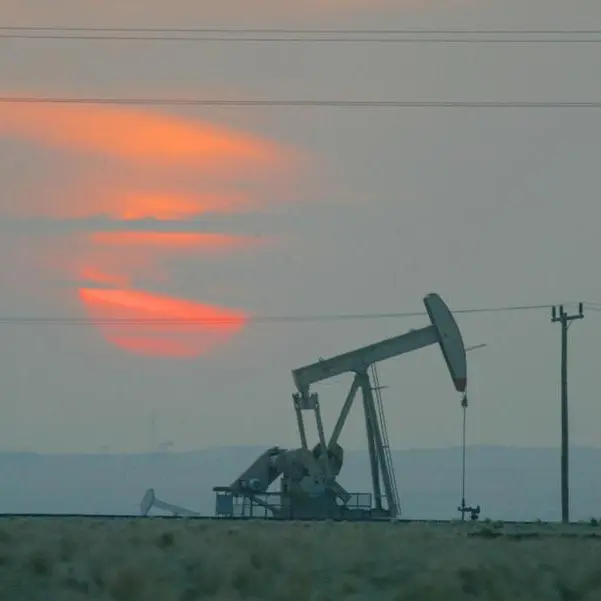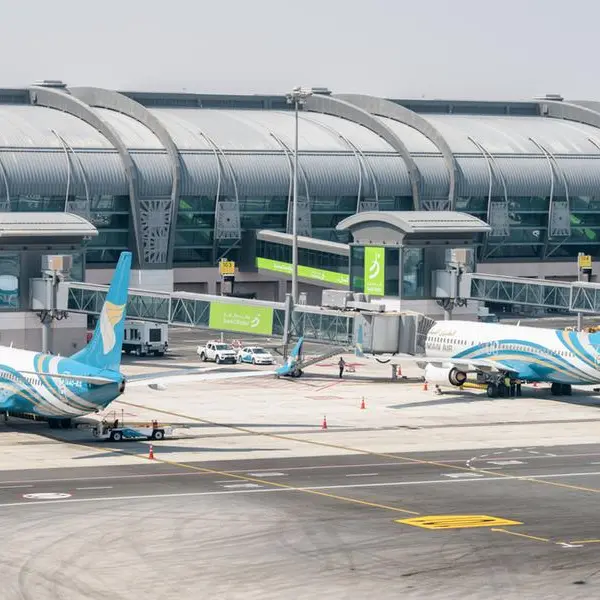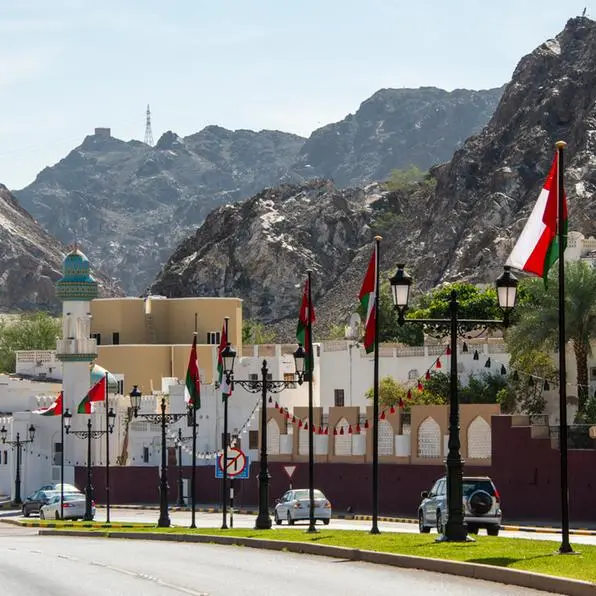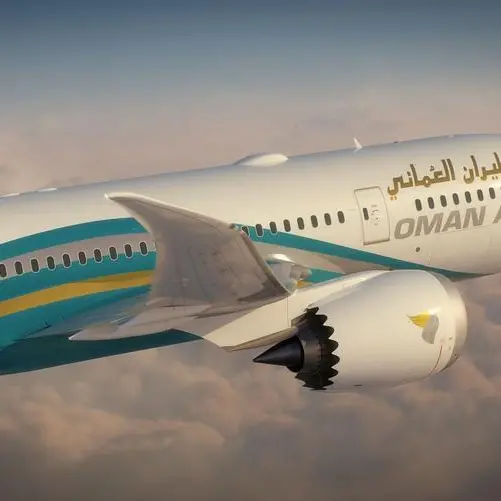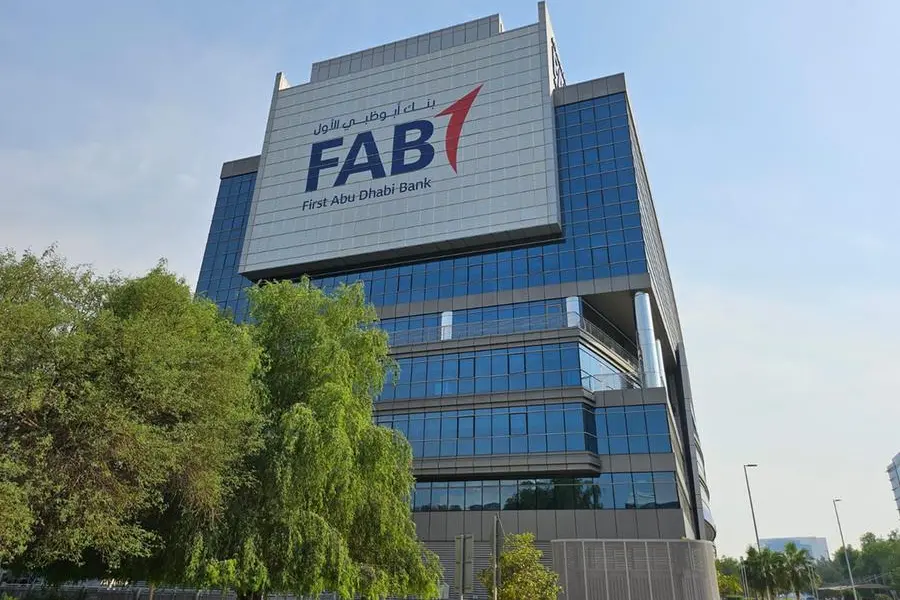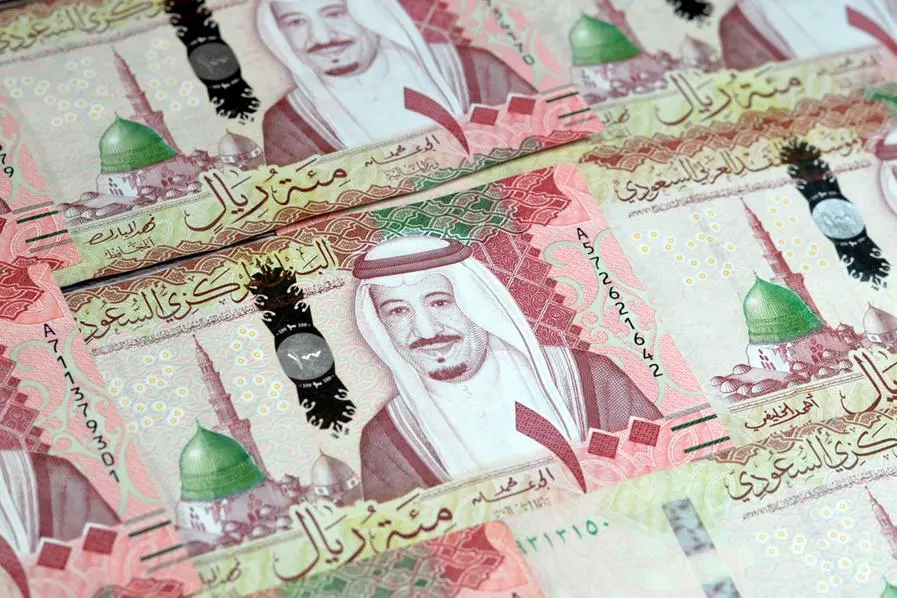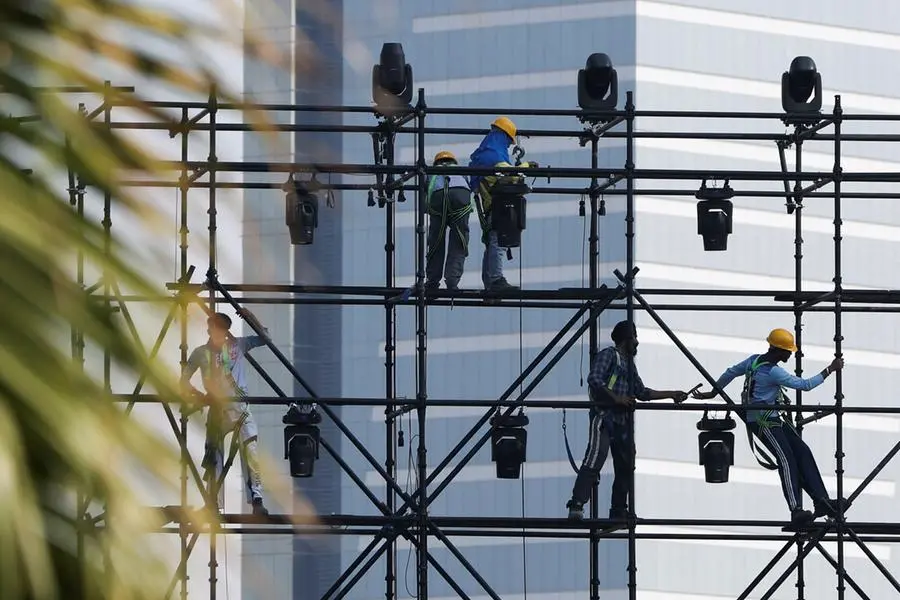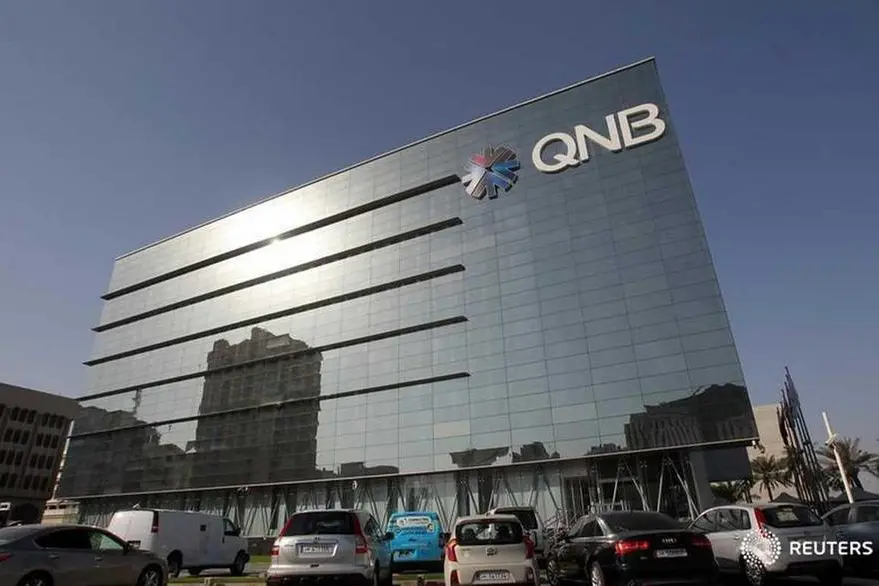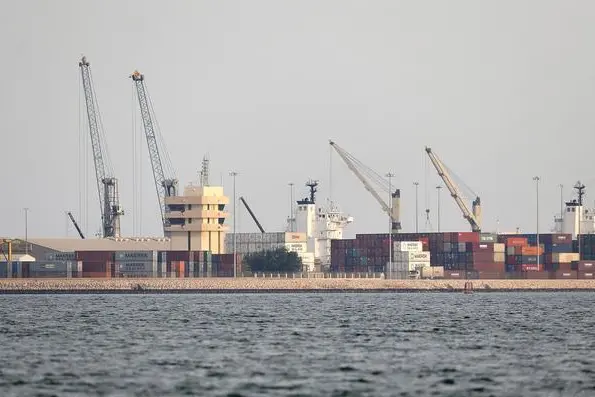PHOTO
Image used for illustrative purpose Marmul, Dhofar, Oman, Middle East. Getty Images.
Muscat – Favorable oil prices and continued fiscal consolidation efforts are expected to generate substantial fiscal and external surpluses for Oman, and support higher growth over the medium term, according to the International Monetary Fund (IMF).
A staff team from IMF, led by Daniel Kanda, visited Oman during June 5-12, 2022 to discuss economic developments, the outlook, and the country’s policy priorities. At the conclusion of the mission, Kanda issued an official statement.
“Higher oil prices and fiscal consolidation have improved Oman’s fiscal and external positions. The fiscal balance is expected to improve to a surplus of 5.5 per cent of GDP in 2022, with surpluses persisting over the medium term owing to higher oil prices and continued consolidation under the authorities’ Medium-Term Fiscal Plan,” Kanda said in the statement.
He said the sultanate’s economy is strengthening and inflation has been contained so far. Real GDP grew by three per cent in 2021, largely driven by the buoyant hydrocarbon sector.
As per the IMF’s new estimates, the sultanate’s economy is projected to grow by about 4.5 per cent in 2022, benefiting from increased hydrocarbon production and continued recovery of non-hydrocarbon activities.
“Inflation turned positive to 1.5 per cent in 2021 and is projected to increase to 3.7 per cent in 2022, given rebounding economic activity and rising global inflationary pressures. There are limited direct trade or financial links to Russia and Ukraine,” Kanda noted.
He said that the Omani authorities undertook substantial vaccination efforts and policy actions to mitigate the fallout from the COVID-19 pandemic and foster the recovery.
“Nearly all persons 12 years and older had been at least partially vaccinated and about 90 per cent were fully vaccinated as of end-May 2022. With declining infections, all COVID-19 related restrictions have been removed. Targeted fiscal, monetary, and financial measures provided relief to households, firms, and banks,” Kanda noted.
Oman’s banking system, he said, has weathered the recent shocks relatively well, supported by substantial capital and liquidity buffers and the Central Bank of Oman’s continued efforts in strengthening regulatory and supervisory frameworks.
“However, uncertainties and downside risks continue to cloud the outlook. Downside risks stem particularly from uncertainty about the war in Ukraine and its impact on the global economy, a renewed flare-up of COVID-19 infections, tighter-than-expected global financial conditions, increased inflationary pressures from higher global food and energy prices, more persistent disruption in global supply chains, and pressures to spend the hydrocarbon windfall,” Kanda said.
© Apex Press and Publishing Provided by SyndiGate Media Inc. (Syndigate.info).
